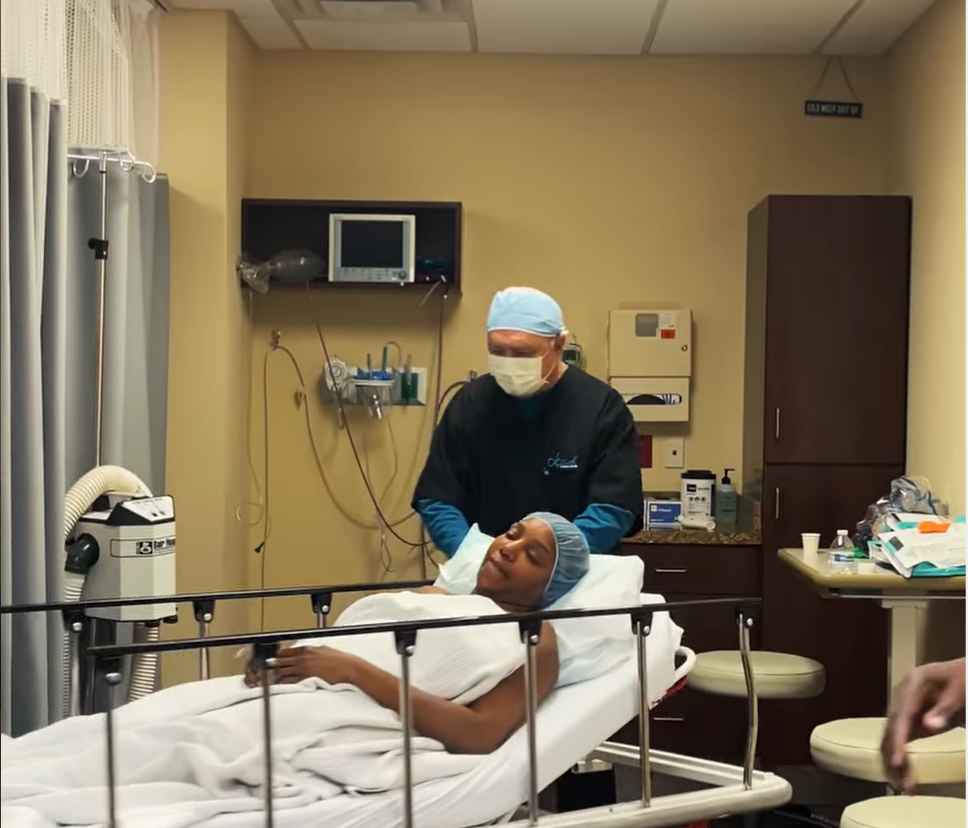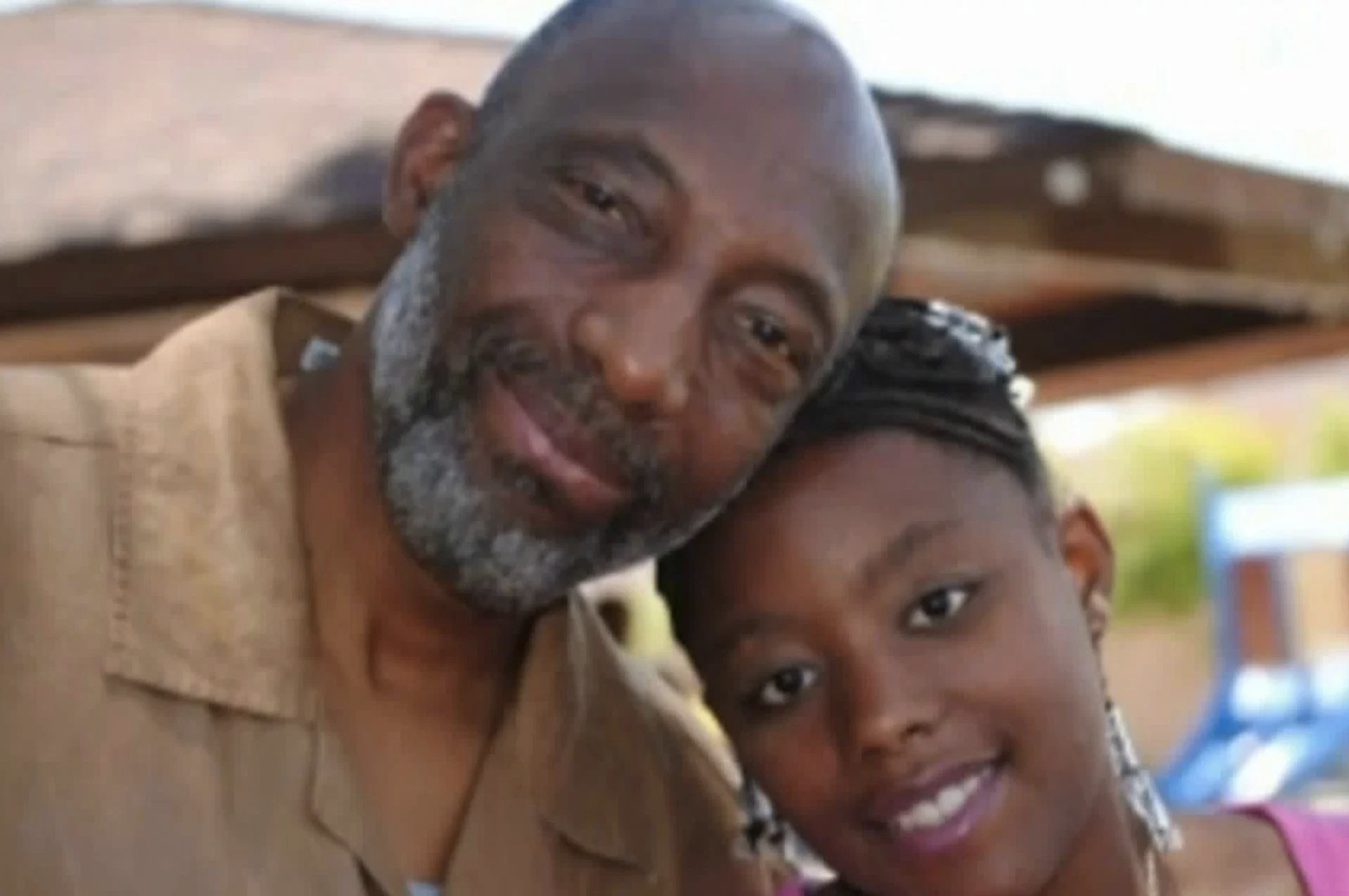show off my new snatched look but I want you to be snatched too!,” Leakes wrote, offering fans an exclusive offer. “I’ve partnered with Georgia Plastic to give all of you guys $𝟏𝟎𝟎 𝐨𝐟𝐟 𝐲𝐨𝐮𝐫 𝐜𝐨𝐧𝐬𝐮𝐥𝐭𝐚𝐭𝐢𝐨𝐧 just use my code “𝘗𝘦𝘳𝘧𝘦𝘤𝘵𝘭𝘺 𝘗𝘳𝘦𝘵𝘵𝘺 𝘠𝘰𝘶” and let them know I sent ya! 💋.”

“Yes, I had my nose done again. Yes, I did,” Leakes admitted during an appearance on Watch What Happens Live with Andy Cohen. “Yes, because it was a real medical reason why I had to get it done again.”
“My cartilage was growing in my nose and my tip was touching the top of my lip. The tip of my nose was touching my lip when I smiled,” she explained.
Some people develop a droopy nasal tip (when the tip of the nose points downwards instead of pointing forwards or being slightly elevated) only when smiling. This can be due to tight ligaments between the nasal base and the upper lip. It can also be due to a tight muscle called the depressor septi muscle that runs between the bottom of the nose and the upper lip, according to Dr. Jason Roth, ear, nose, and throat specialist and head and neck surgeon.
Leakes also shed light on doing what she wants admist people judging her for her appearance on social media without knowing the reasons why she changed her nose to begin with.
“First of all, educate yourself and get the reason why. But I’m also the kind of girl who’ll give it to you straight,” she said. “I got my nose done first of all because I can and I will, and I’d get it done again if I want to, OK!”
RELATED: Considering A Brazilian Butt Lift? Here’s What You Should Know
If you are looking to get plastic surgery, you can do so safely by:
- Making sure your prospective surgeon is board certified by the appropriate specialty group for the procedure you are contemplating.
- Finding references you can trust.
- Examining your prospective surgeon’s website.
- Verifying that your prospective surgeon has hospital privileges.
- Inquiring about your surgeon’s specific experience.
- Asking your prospective surgeon to clarify all potential benefits, risks, and complications.
- Making sure the surgery is performed in an accredited ambulatory facility.
- Making sure the surgeon employs a carefully selected and certified anesthetist or anesthesiologist.
- Discussing your recovery period with your prospective surgeon.
- Getting additional opinions from appropriate professionals, if needed or desired.







